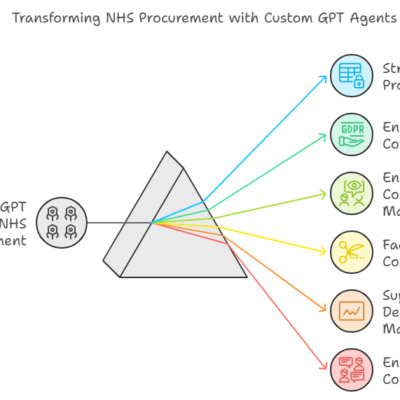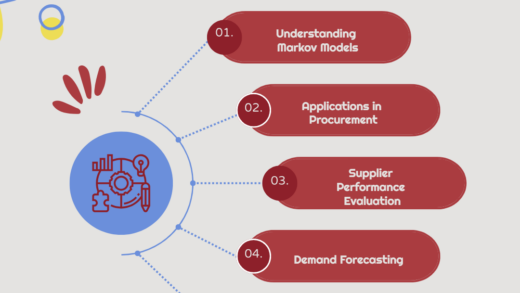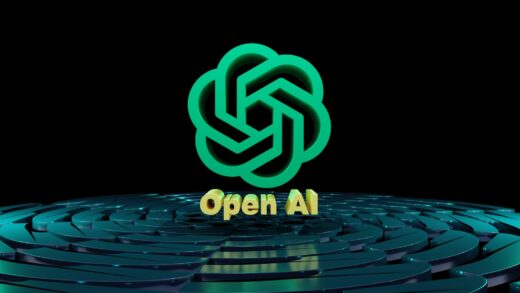This post was originally posted on NOECPC website linked here.
NOE CPC has been using technology and data to improve patient care for many years. One of the main ways we use technology is through procurement processes. Electronic Procurement Systems (EPS) allow healthcare professionals to access information about suppliers and their products, as well as place orders and track deliveries. This can help with reducing costs, improving supplier relationships, and streamlining the procurement process.
The NHS also utilises Microsoft Power BI, which can enhance efficiency by automating repetitive tasks and providing real-time insights. Power BI is a data visualisation tool that allows NHS professionals to view, analyse, and share data insights in an interactive and user-friendly way. Healthcare professionals can view data on procurement, patient care, and other areas in an easy-to-understand format, which can help with making better-informed decisions. We use Power BI in a number of ways to support our service delivery, most recently with the development of the Vendor Discount Matrix for our Total Technology Solutions framework. This easy-to-use tool has been developed to allow users to identify the best value offering for a given requirement under the framework. It provides a clear justification for a direct award decision, and so reducing any potential risks.
Another tool, Power Automate, allows automation of repetitive tasks such as data entry, email notifications, and document approvals, which can help increase efficiency and reduce the workload on NHS staff.
The use of data in the NHS also plays a critical role in improving patient care. Data analytics can be used to detect patterns and trends in procurement, which can help identify areas for cost savings and high-performing suppliers. It can also be used to monitor and evaluate the performance of the procurement process, which can help staff allocate resources and improve quality more effectively. Our Healthcare Performance Analytics and Benchmarking Systems framework can help you source suppliers who can provide data analytics services such as informatics, benchmarking systems, performance dashboards and quality drill-downs.
NOE CPC has a technology and data roadmap in place that outlines the future of technology and data use in the NHS. This includes the continued implementation and use of EPS, Power BI, Power Automate and other technology, as well as the use of artificial intelligence and machine learning. These technologies have the potential to improve the efficiency and accuracy of the procurement process and automate repetitive tasks, providing real-time insights.
In addition to the use of technology for procurement processes, NOE CPC can also use data to refine systems such as the submission of procurement forms. By analysing data on past form submissions, we can identify areas where the process can be improved, such as reducing the time it takes for forms to be completed or identifying and addressing common errors. By refining this system, we can ensure that procurement forms are submitted and finalised more efficiently, which can ultimately lead to cost savings and improved patient care.
Another way we use data to refine business processes is by managing and monitoring key performance indicators (KPIs). By tracking and analysing data on KPIs such as procurement costs, supplier performance, and patient outcomes, we can identify areas where an organisation is performing well and areas where improvements are needed. Data also helps us to identify areas where the procurement process is not efficient and needs improvement, by identifying bottlenecks, delays, and areas of non-compliance, so we can help to streamline these processes and make them more efficient.
The use of EPS, Power BI, Power Automate and other technology improves efficiency and cost-effectiveness, while data analytics helps to identify patterns and trends that can improve overall procurement practice. Ultimately, our use of technology and data helps us to improve patient care by ensuring that necessary resources are available when they are needed and streamlining processes to make best use of all NHS resources.
Technology brings many opportunities to streamline processes and improve efficiency, but it also brings risks. Below, we take a look at cyber security, and how we can all stay safe in an ever-evolving digital age.








